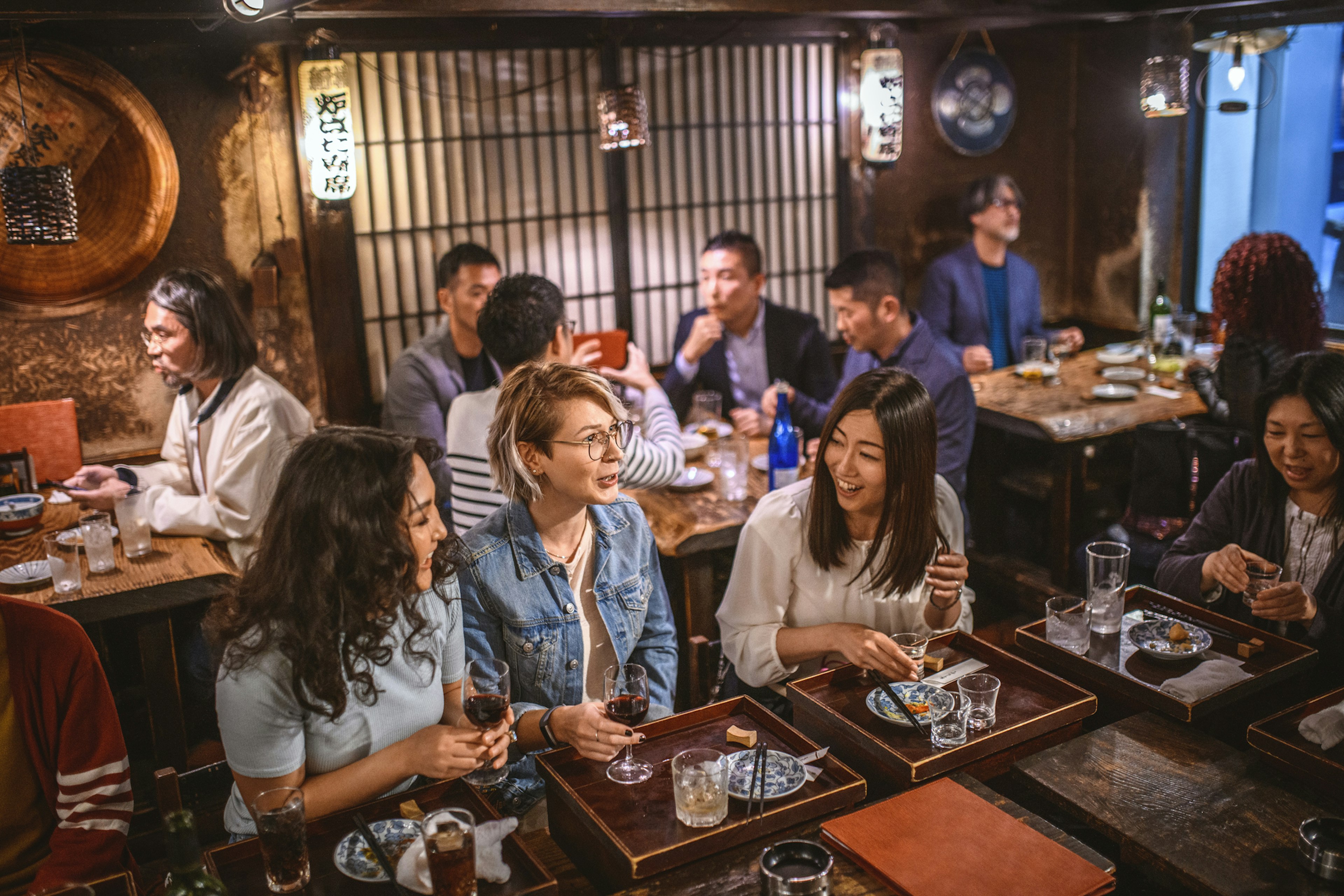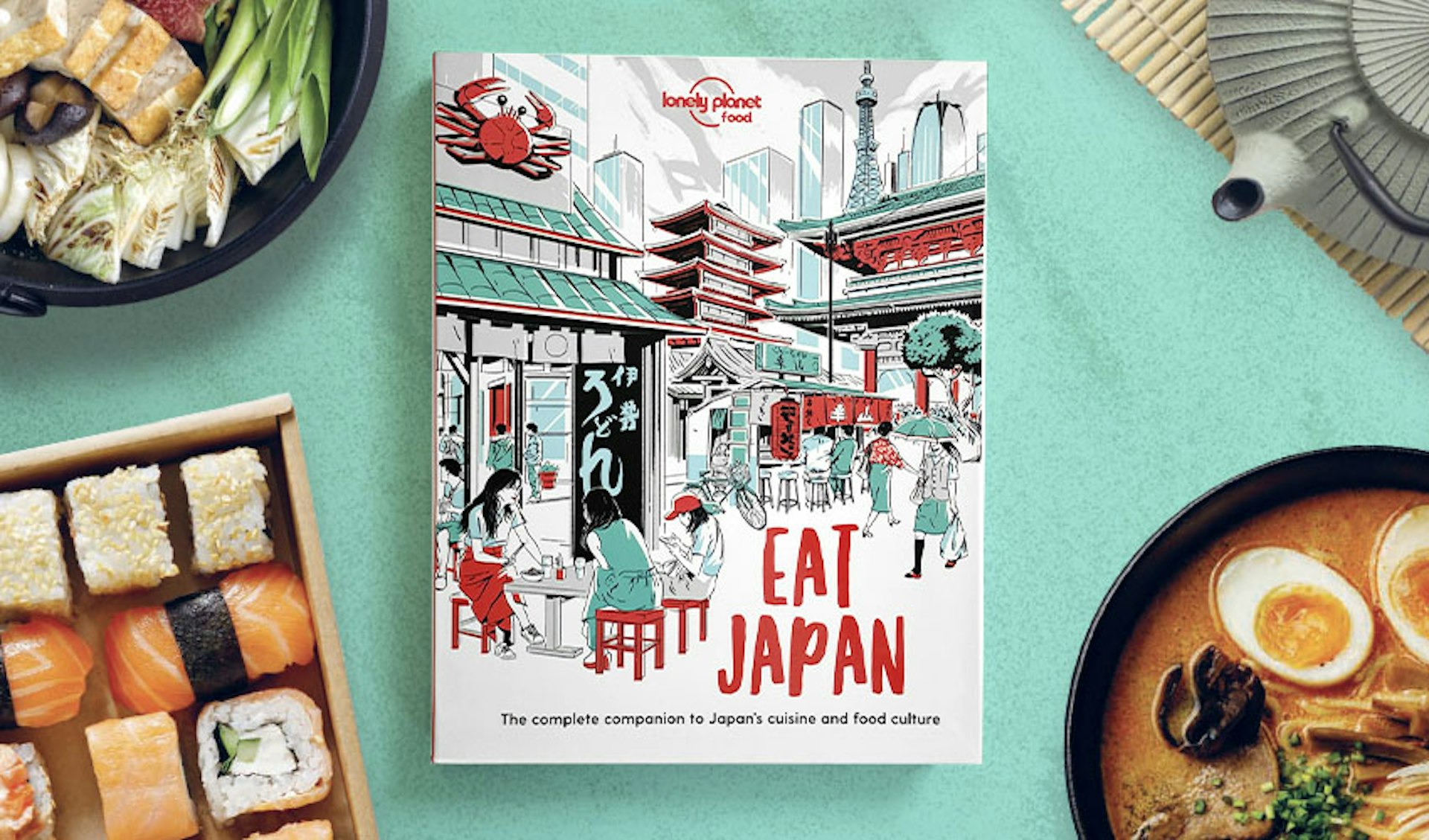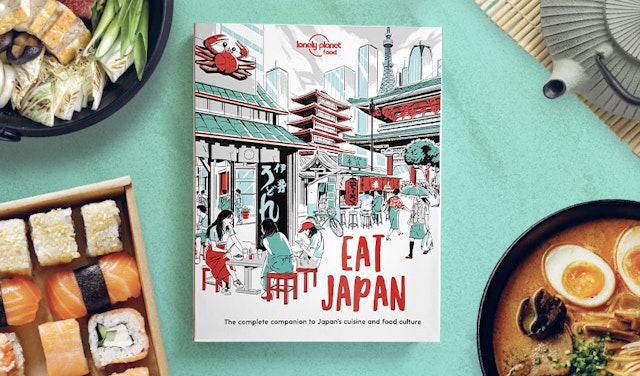When one thinks of budget travel destinations, Tokyo seldom jumps to the top of the list. But while Japan’s frenetic capital can have seriously deleterious effects on your bank account, it also offers yen-counting alternatives that don’t necessarily require a dip in quality.
Michelin-star cuisine for less than $10 per meal, nomihoudai (all-you-can-drink) and tabehoudai (all-you-can eat) options at izakaya (gastropubs), capsule hotels that marry quintessentially Japanese living quirks with cheap prices, and affordable low-season flight fares mean you can make the best out Tokyo without having to max out your credit cards.
So, for all the need-to-know insider tips, check out our guide to traveling Tokyo on a budget.
Fly in low season or take a connecting flight to save on air fares
Tokyo experiences tourism high-season for large stretches of the year, particularly during the spring sakura (cherry blossom) and fall koyo (autumn foliage) seasons, during which flight fares come at a premium in line with the soaring demand. This is especially true when flying direct from the US or UK. Traveling to Tokyo in winter or during the mid-June to mid-July rainy season will save you a few bucks, while frugal travelers from the UK should look at connecting through the Middle East or central Europe for lower-cost fares.
Low-season travelers benefit from cheaper accommodations
The aforementioned low seasons also bring about much cheaper accommodations. Though beware, Tokyo is comparatively dead during Shogatsu, the beginning of the New Year, when many businesses close for employees to spend time with family and give votive offerings to their hometown shrines.

Opt for a smaller accommodation space
It is perhaps cliché that Japanese living spaces aren’t quite as roomy as their Western counterparts, but if travelers make similar sacrifices they’ll benefit from extra pocket money. Capsule hotels are the epitome of Japanese spatial austerity, with dorms containing multi-leveled bunk spaces, or pods, for guests to sleep in (these typically come with shelves, charging ports, and reading lights). Lockers are available for larger luggage and bathroom spaces are communal. Capsules can be as cheap as $20 per night.
Alternatively, popular hotel chains like APA, Dormy Inn, and MyStays have locations across the city, and while your room will be barely large enough to swing a chopstick in, your bank account will be glad of it.
Also note, that whilst Airbnb isn’t super popular in Tokyo, it tends to offer better accommodation deals than the major hotels.
Use IC cards and day tickets for seamless travel on public transportation
Prepaid rechargeable Suica and Pasmo cards, also known as IC cards, work on all city trains, subways and buses. You can purchase these from machines at any station. They require a ¥500 ($4.55) deposit, which will be refunded (along with any remaining charge) when you return the pass to any ticket window. While paper tickets are only a few yen more expensive per journey, it’s also possible to get reimbursements on IC cards when you pass through the wrong barrier in a station (a common occurrence, even for the well-versed commuter); paper tickets don’t offer the same benefit.
Unlimited-ride tickets are also available: the Tokyo Subway Ticket allows unlimited rides on both Tokyo Metro and Toei subway lines, with 24-hour, 48-hour, and 72-hour options available. Japan Rail lines, however, are not included.
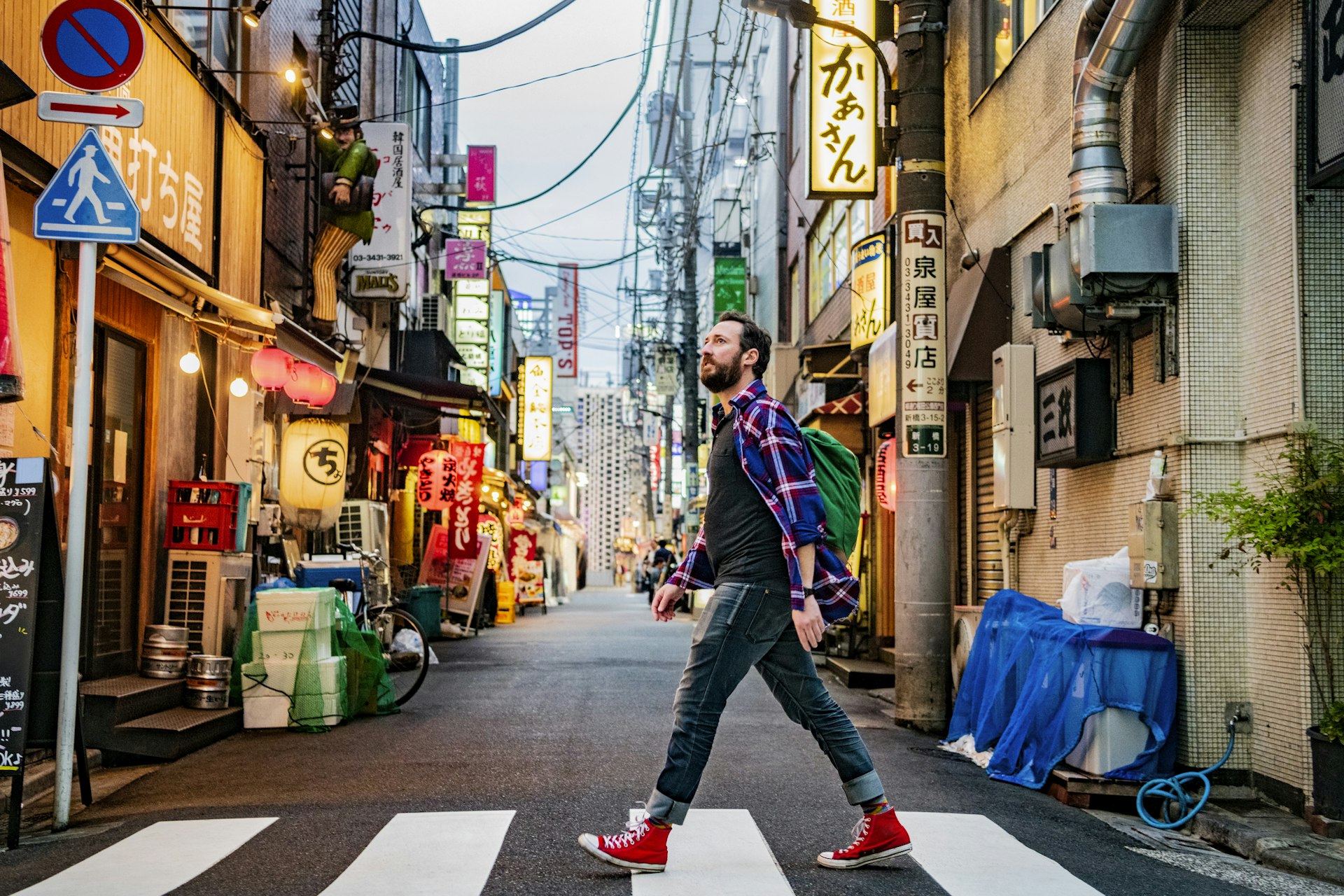
For shorter journeys, hit the streets
It’s easy to default towards using trains in Tokyo: the rail network is extensive, efficient, punctual, and pretty affordable. But there’s no cheaper way to travel than your own two feet. Heading from Shibuya to Shinjuku? Make your way through the old cedar forest of Meiji-jingu instead. Going southbound from Asakusa? Look to the Sumida River promenade to direct you on your way. Splashing out on dinner in Roppongi, followed by cocktails in Ginza? Claw some yen back with an illuminated stroll between the two uber-classy neighborhoods.
Taxis are pricey: don’t miss the last train home
Tokyo trains stop around 12am every evening of the year, barring December 31. If you miss your last train home, the alternatives can be biting. Tokyo taxis are expensive at the best of times, never mind the late-night surcharges; Uber is generally no more competitive. You could walk, but this is likely predicated on the length of the journey and how much sake you glugged with dinner. Or you could pitch up in a karaoke bar or all-night restaurant until the morning’s first train (usually around 5am), whilst incurring the requisite fees. Google Maps features a last train option when determining your best route home – embrace it.
Tokyo has many fantastic cheap places to eat
With some of the finest haute cuisine on the planet, Tokyo restaurants certainly know how to stick the arm in: a timeslot in Sukiyabashi Jiro is an infamously brief sushi-eating experience costing several hundred dollars. But with some estimations reckoning Tokyoites have around 150,000 restaurants to choose from, yen-saving options abound.
At many izakaya throughout the city, particularly chains such as chicken specialists Torikizoku and Showa-style diner Hanbey, nomihoudai (all-you-can-drink) options are available – the nomihoudai menu usually includes beers, mixers, highballs, and soft drinks. Other chains, like the cheap and cheerful Kin no Kura, have tabehoudai (all-you-can-eat) options, which tend to feature everything the kitchen has to offer, from sashimi and edamame to yakitori (grilled chicken) and pizza slices. While dining on kaiten (conveyor belt) sushi is a cheap alternative to omakase (chef’s choice) sushi tasting menus.
Dine out on Michelin-starred ramen
As of 2022, 203 restaurants in Tokyo were awarded at least one Michelin star. But perhaps surprisingly, some of the city’s highest quality restaurants are also among its cheapest. For Michelin-starred ramen, head to Nakiryu (The Crying Dragon) for its spicy dandamen soup, or grab a seat to Konjiki Hototogisu for an umami-filled broth pork and fish stock topped with truffle sauce – both restaurants offer signature dishes for less than $10 a bowl.
Convenience stores serve cheap, tasty meals
Convenience store food around the world often leaves much to be desired, but quick and tasty meals are standard fare at the 7-Elevens, Family Marts, and Lawsons of Tokyo – and you’ll find one on nearly every street corner. For a few hundred yen, you can grab a Cup Noodle and add boiling water from the in-store kettles, purchase a selection of onigiri (rice balls), or indulge in hot chicken and steamed buns at store counters. Tokyo konbini, as convenience stores are locally known, are open 24/7 making them perfect stop-offs for late night repasts.
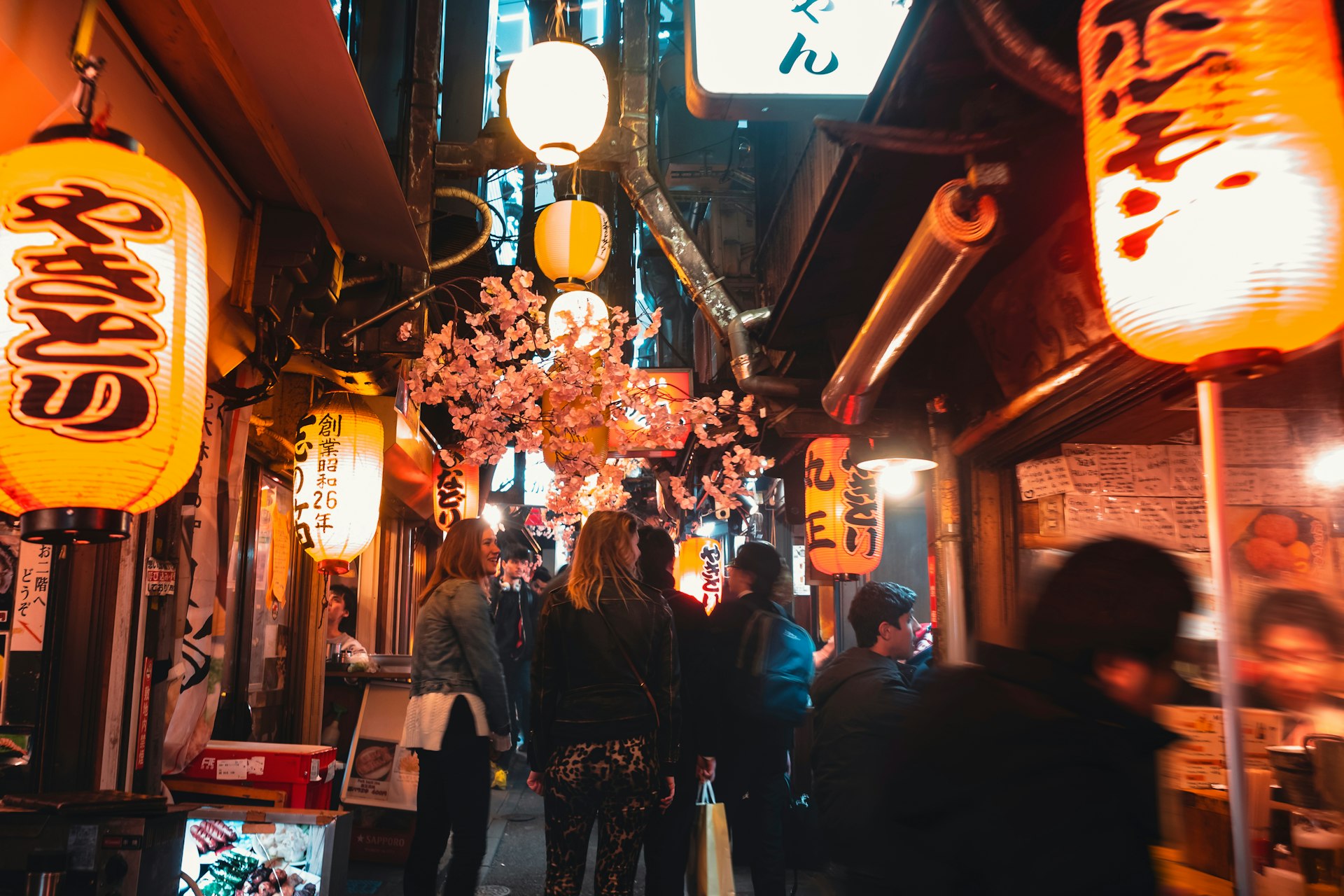
Watch out for cover charges in bars
In certain nightlife areas, most notably the warren of Showa-period alleyways in Shinjuku known as Golden Gai, cover charges up to ¥1500 per head are commonplace. Especially if you plan on bar-hopping – as most imbibers in Golden Gai do – this can add up over the course of an evening. Keep your eyes peeled for outdoor signage stating "No Cover Charge" or try asking the bartender before taking a seat.
Picnic when the weather’s on your side
Belying its tag as a concrete metropolis, Tokyo has some beautiful green spaces. At public gardens, such as Rikugie-en or Shinjuku-gyoen, however, all visitors are required to pay an entrance fee. During hanami (flower-watching) season in spring, you can save a few hundred yen plonking yourself under the drifting petals in free-to-enter parks, like Yoyogi-koen or Inokashira-koen. Public drinking is also permitted in Japan, so you can partake in a liquid lunch without splashing the cash.
Shop at Japan's best thrift stores
Japan is one of the best places on earth to buy retro goods. Second-hand stores exist all across Tokyo, with items that are usually impeccably maintained, and if you know where to look, bargains abound. For consumer electronics and musical instruments, check out mega chains Hard Off and Book Off. For video game hardware and software, Super Potato and Retro Game Camp in Akihabara are the places to be. Shimokita is Tokyo’s hipster hub of vintage clothing stores: Stick Out sells every item at 700 yen ($6), Mode Off is a hive of bargain hunting (albeit with sometimes-questionable quality), while Flamingo specializes in Americana and usually has some pretty good deals.
A guide to daily costs in Tokyo
- Bunk in a capsule hotel: $30/$40
- Basic hotel room for two: $60/80
- 1-day public transport ticket: $5 (not all trains included)
- Coffee: $3
- Ramen: $10
- Conveyor-belt sushi: $20/$30
- Pint at a bar: $7/$10
- All-you-can-drink menus: $20
- All-you-can-eat menus: $20
- Mid-range dinner for two (with drinks): $100
You might also like:
Anime, arcades and pop-culture artifacts: a geek’s guide to Tokyo
The 5 best day trips from Tokyo: hot springs, mountain views, and Big Buddha
Things to know before traveling to Tokyo

